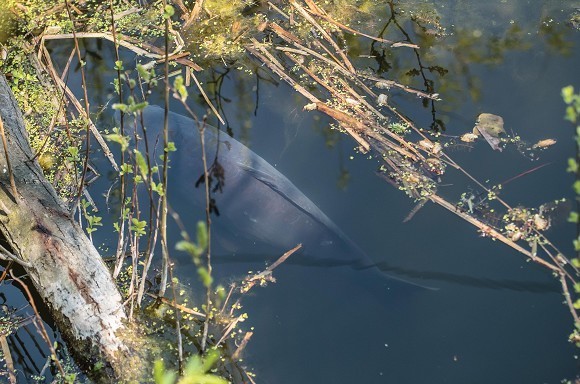
What should you be looking for when targeting a new water?
Our panel of experts reveal their thoughts when it comes to the 'other' areas of watercraft. Aside from the obvious, what else should you be looking for?
This month's question
We all understand the importance of location and watercraft, however, apart from the obvious things like prevailing winds, lake features, i.e. bars, islands, weedbeds etc., what other things do you look for when moving onto a new water for the first time?
Lewis Read
“Starting to angle on a brand new water is exciting beyond words, isn’t it? That first time you creep quietly onto a new venue at the crack of dawn invariably leaves me in a state of adrenalin fuelled delirium… You can keep Christmas!
“The simplest and most effective way to start on a new venue is to get yourself out of your stinking sweaty pit before dawn and be there before the sun makes its daily progression across the sky. If you can do this in the run up to your first visit then all well and good, but it’s not always possible due to prohibitive access or other commitments (oh, the joys of full time employment). I am absolutely certain that just being there and looking at the right time of the day will teach you more than any research on historical captures – certainly more than any understanding of topography or geographical orientation ever will.
“Universally, this is the time on most venues when you are likely to see the fish put on a show or give their location away with a bit of bubbling, rolling or leaping. Even if they are predominantly showing in the dead of night they normally give some kind of sign of their whereabouts between dawn and midday. There’s your starting point sorted: either get a couple of little traps amongst them and go for an early capture (yes!) or wait until they move out of the feeding area and then lead about to see what they are feeding on and take it from there.
“We all love to find out as much as we can about a venue and its stock of inhabitants, but in terms of catching them, this old information is largely UTTERLY USELESS! Knowledge is a great tool, but it’s insignificant compared to current on-the-back observations.”
Terry Hearn
“I like to suss out the areas that are fished the most and those that are fished the least. You can tell this just by looking at the bank and whether it’s heavily worn or not. There might be tree branches obstructing the swim, making it awkward for casting, that sort of thing, anything that might put people off really. If these areas look good and aren’t being given much attention then it’s often worth a go.
“If I’m going to concentrate on an area then I like to choose somewhere that is largely ignored by others. For instance, when I was fishing at Chertsey, there was a lovely little corner of the lake where the southwesterly’s blew into, a really tight swim that wasn’t big enough to get a bivvy in, so it was never fished or certainly very rarely. It was a tight swim, but I was happy to do the nights in there with just the one rod and it turned out to be one of the best areas on the lake! ?When the lake was busy, all the fish would migrate to that area at night. Some nights I would be sat in this swim with the moon rising and I could watch fish showing in front of me, close in, one after the other without anyone else knowing about it. It was clearly an area that the carp had grown to feel safe in.”





